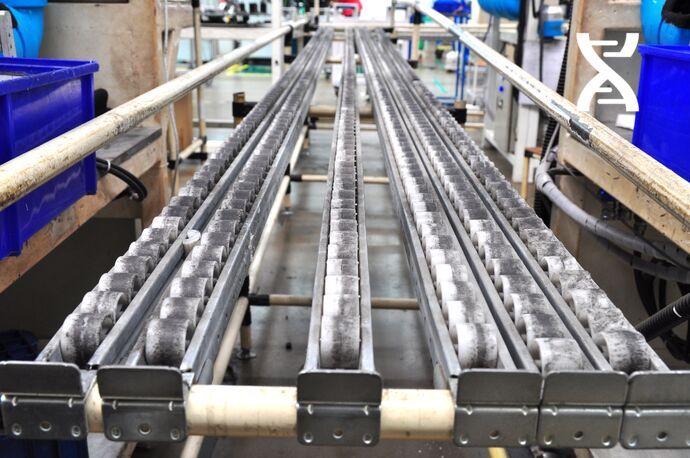What are the advantages of dynamic storage vs. static storage?
Advantages and disadvantages of static storage
In static storage, each incoming item is assigned a fixed location. This storage system offers a number of advantages. In particular, it facilitates logistics processes; in particular, it makes it easier to visualize shortages or overstocks. It also makes it easier to train new logisticians, as each item is always in the same location. Finally, inventories are easy to track, which is particularly important for perishable products such as foodstuffs
On the other hand, this system has certain limitations, particularly in terms of storage capacity. Beyond a certain storage capacity, the company will need to install an integrated management software package to record the location of each item, to facilitate the work of warehouse staff.
Another disadvantage of the static storage system is its larger footprint. In many cases, the maximum occupancy rate of the warehouse is estimated at 60%, as some reserved storage spaces remain empty in the absence of the goods to which they are assigned.
Advantages and disadvantages of dynamic storage
The advantages of dynamic storage include increased productivity, reduced handling costs, optimized inventory management, rationalization of operators' work, real-time inventory control, space optimization thanks to the elimination of aisles, and reduced handling time thanks to the use of gravity pallets. The main constraint of dynamic warehousing is the obligation to respect FIFO in the picking stage.





